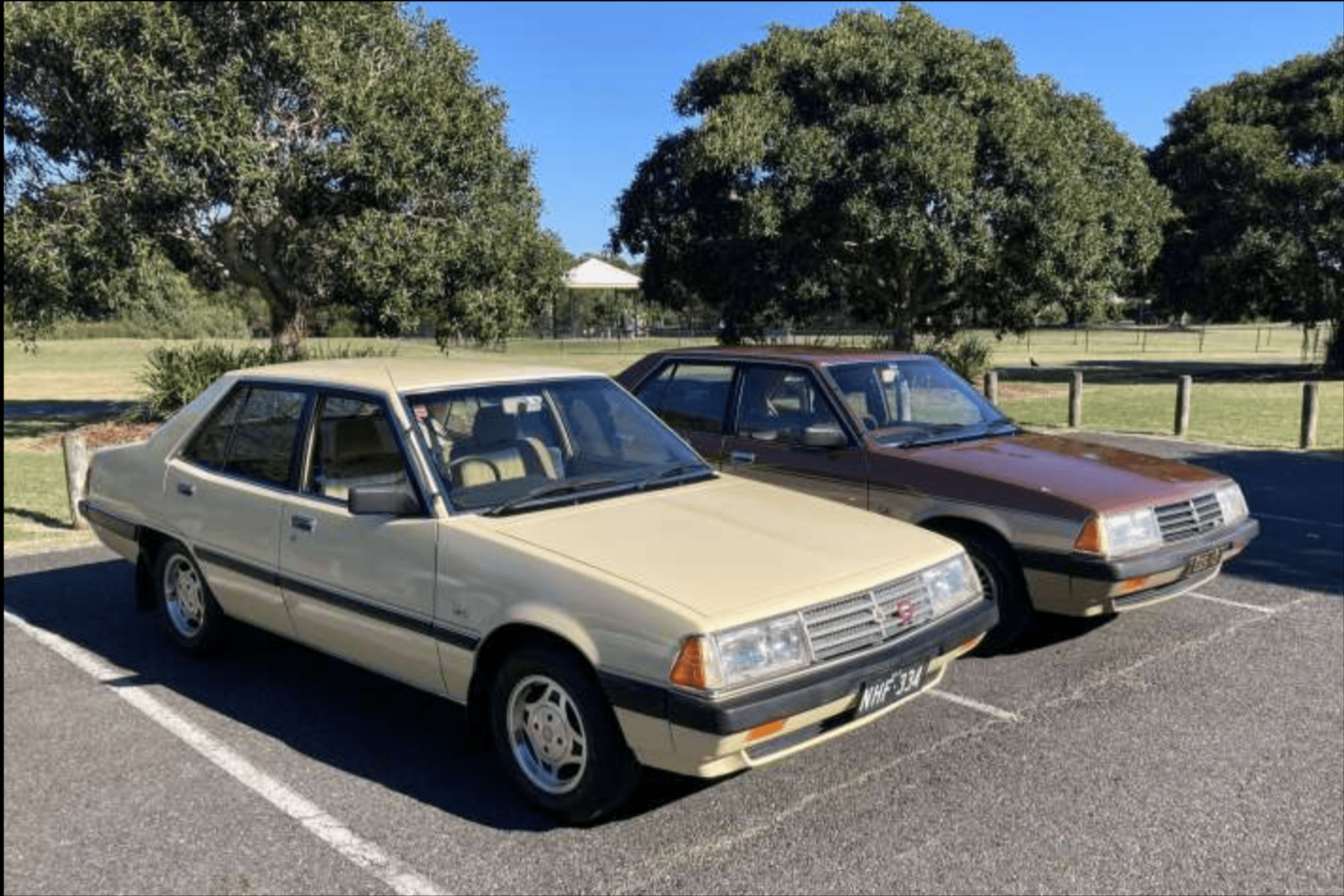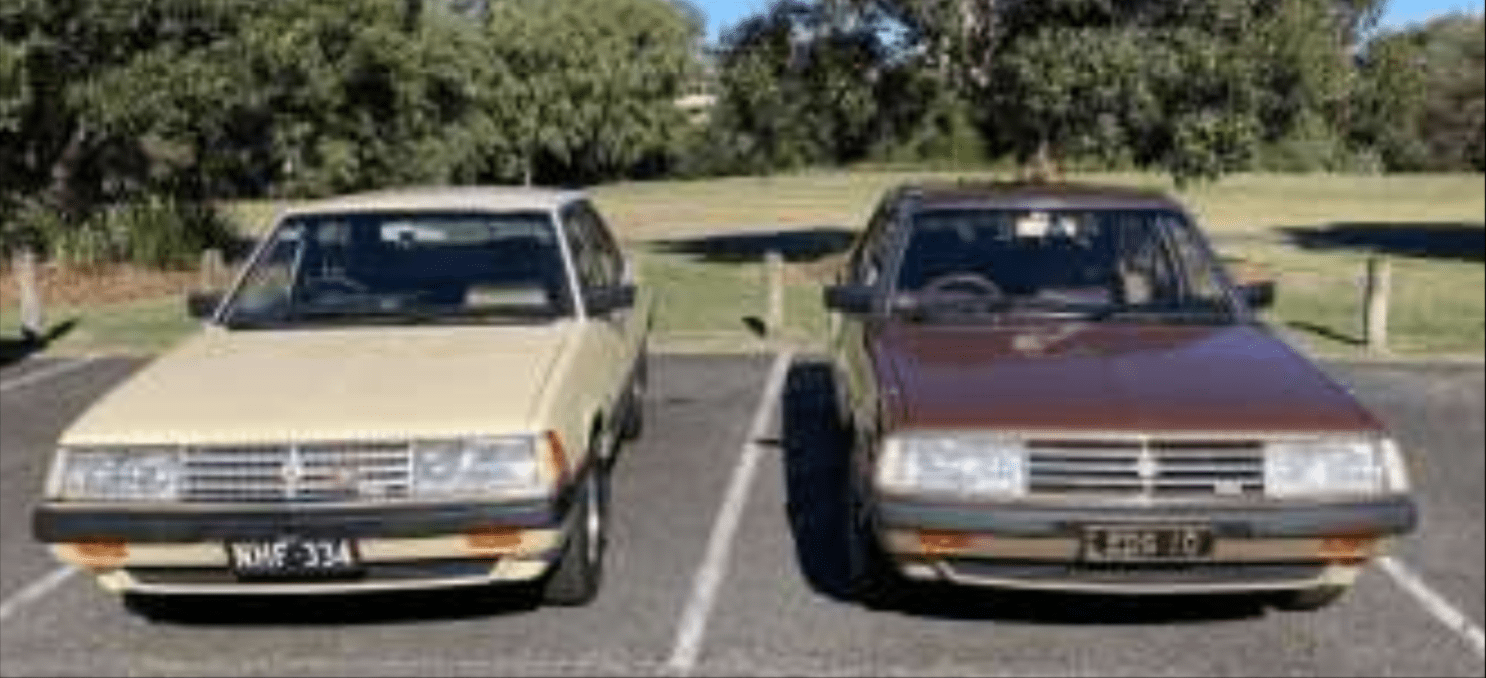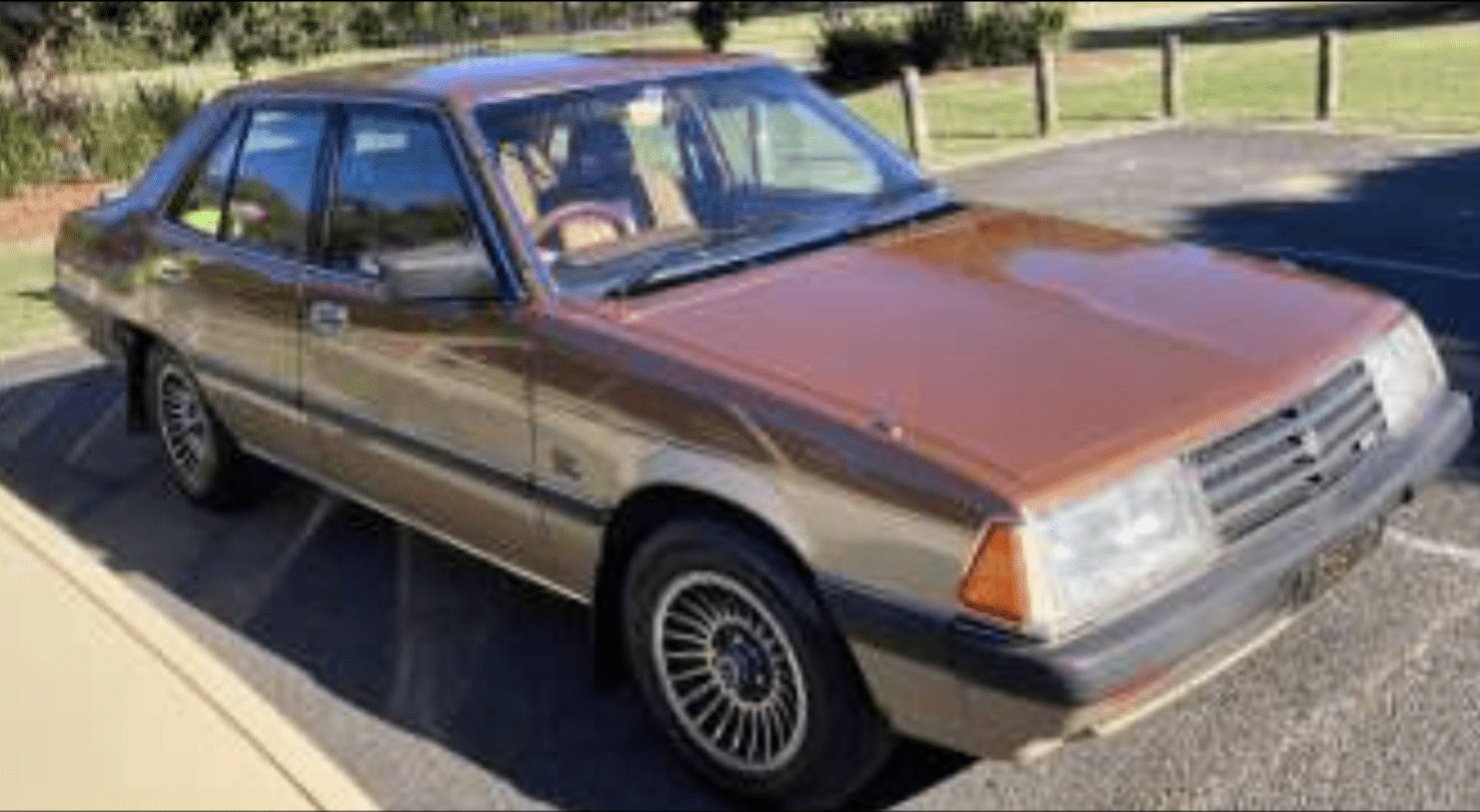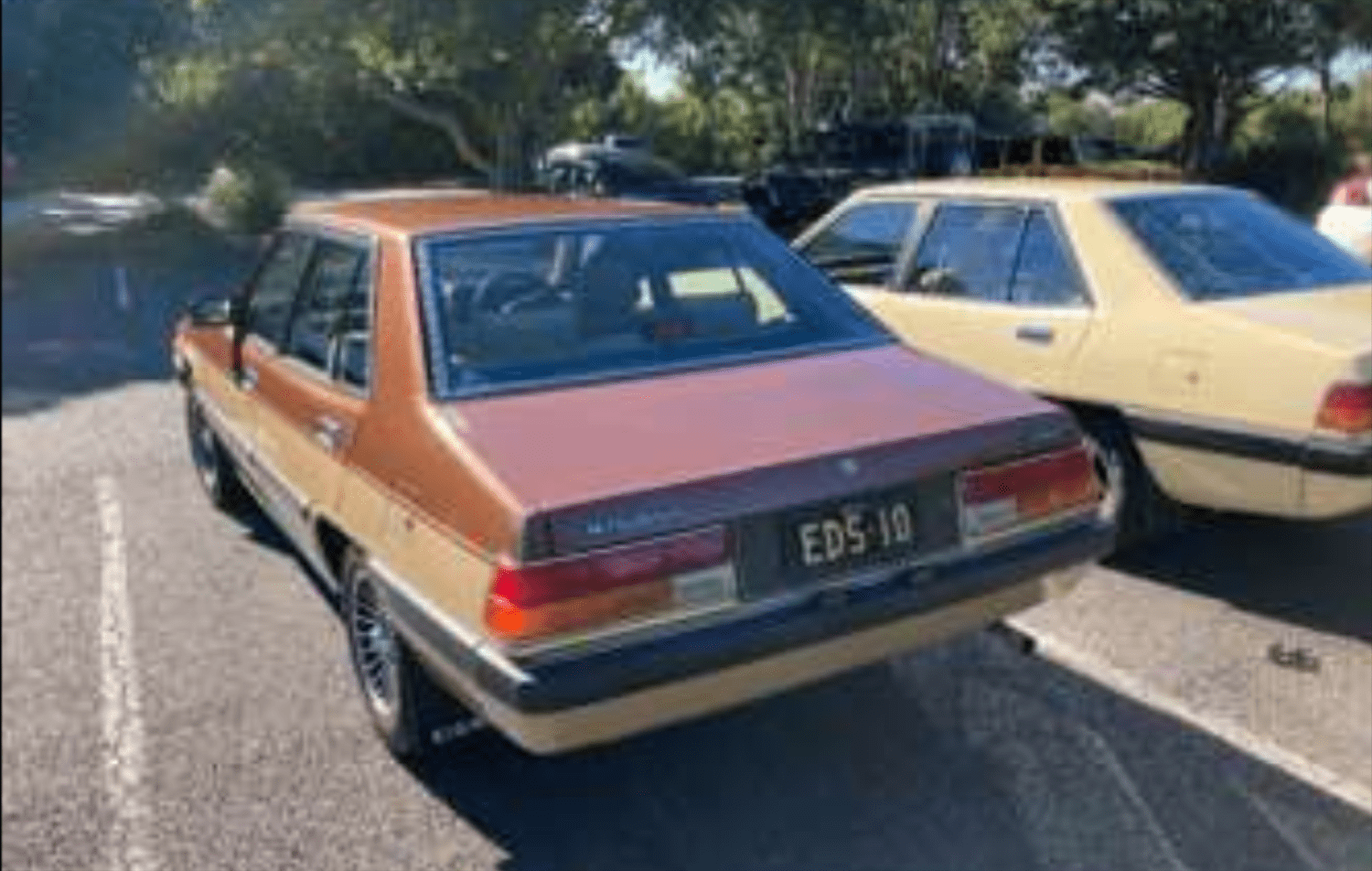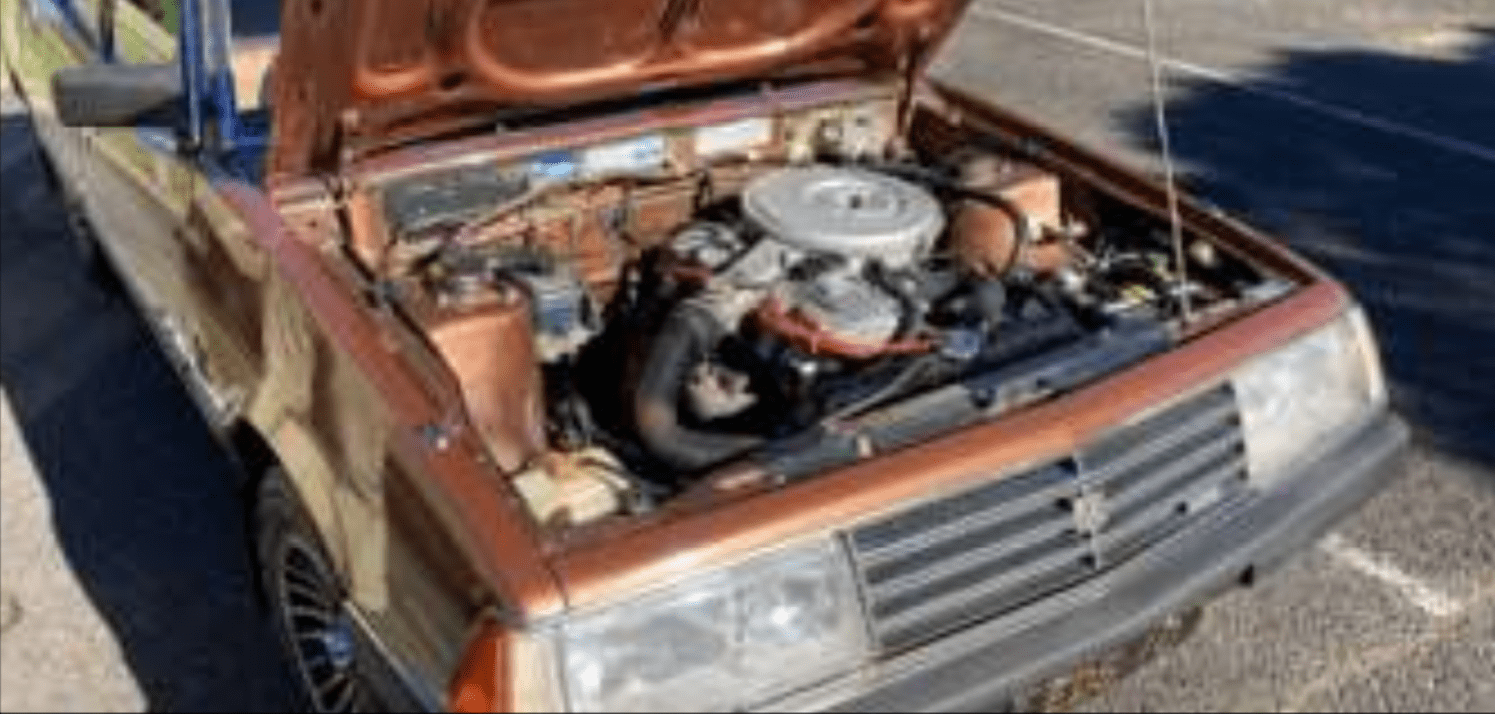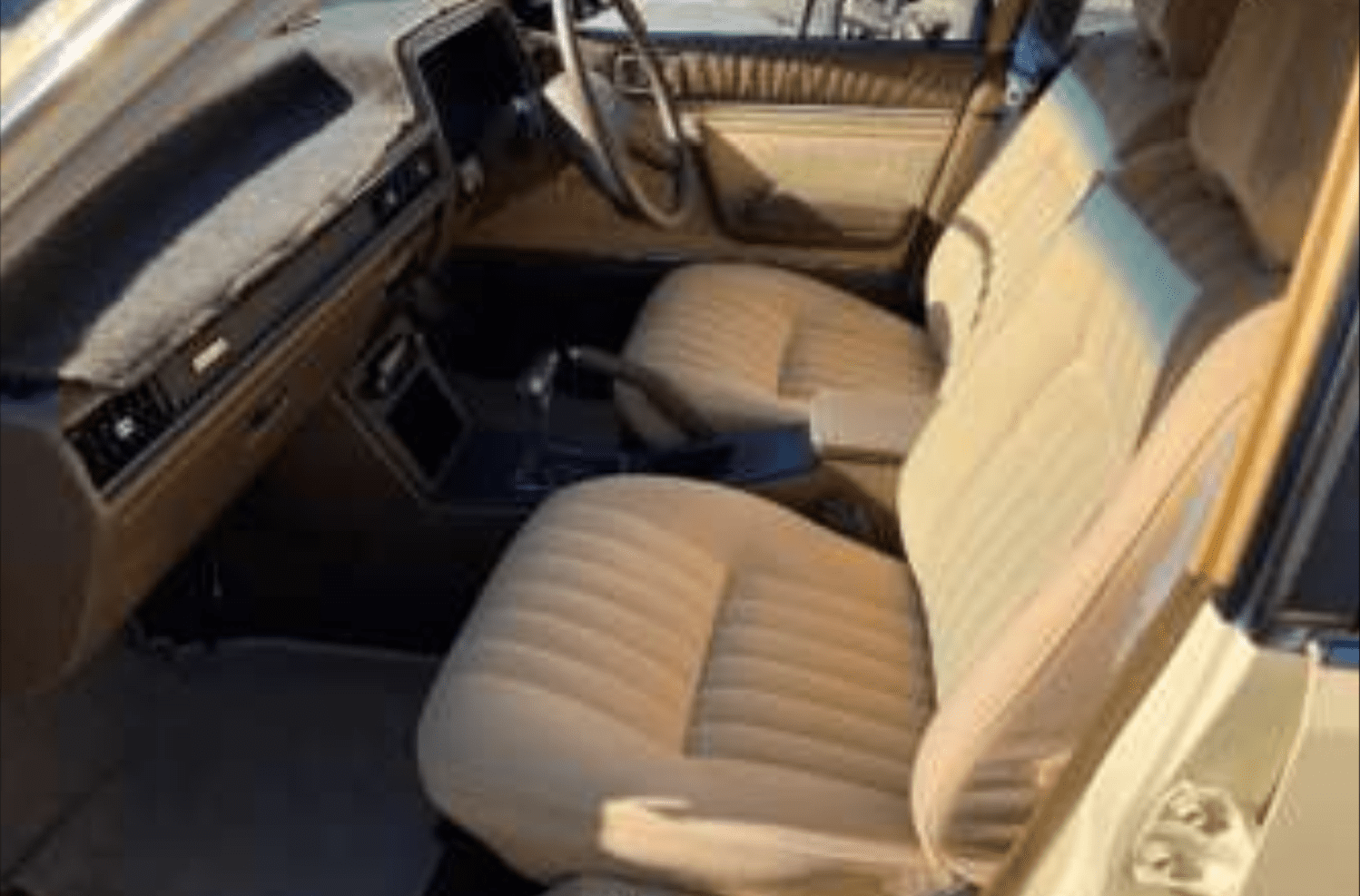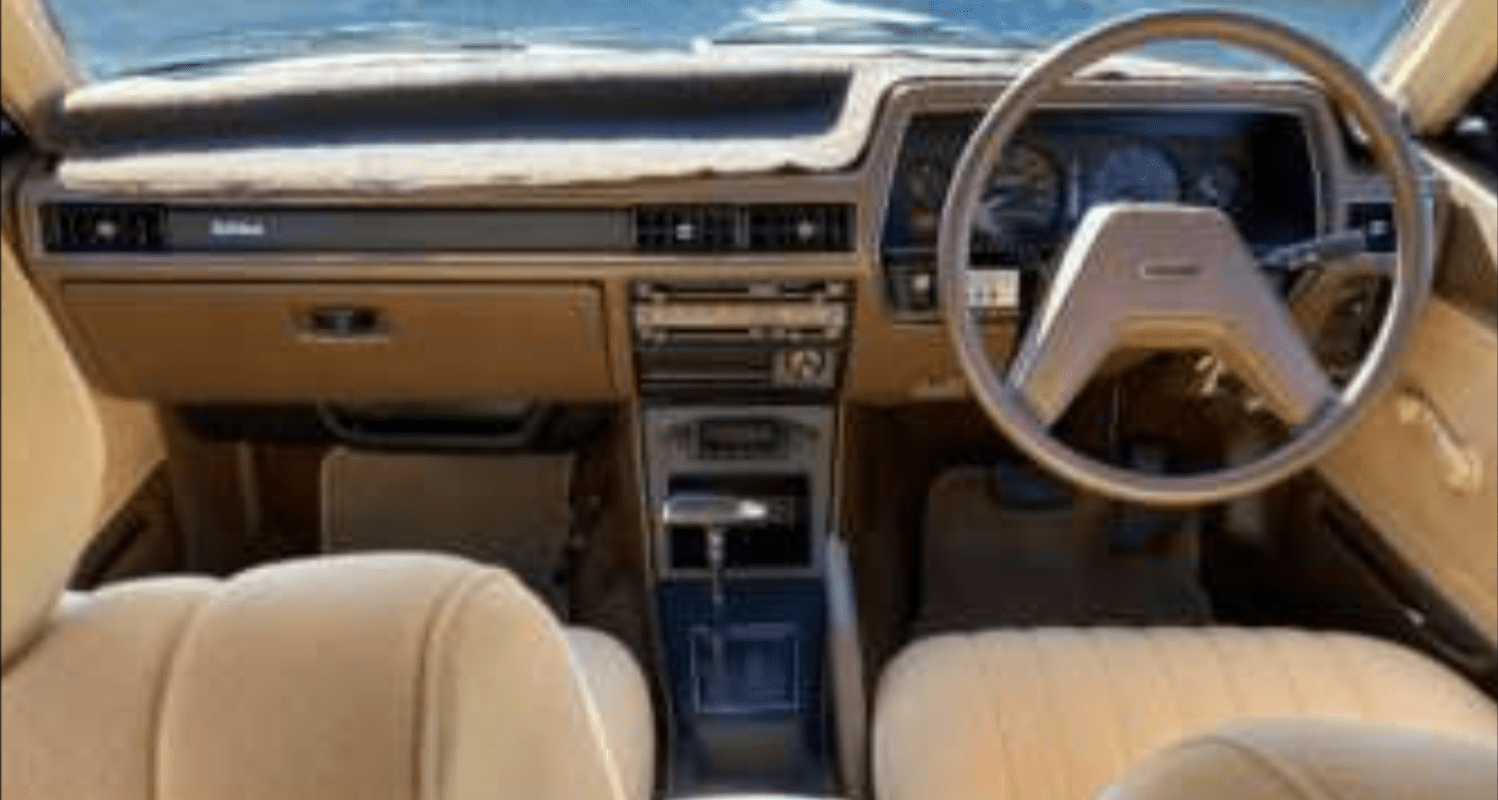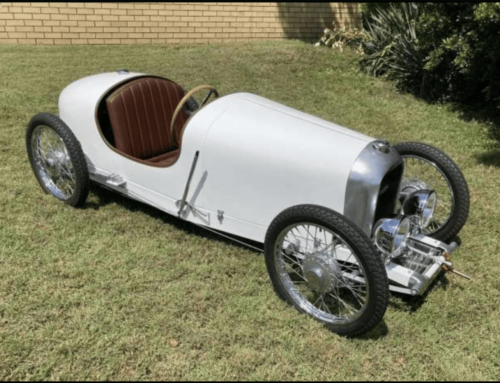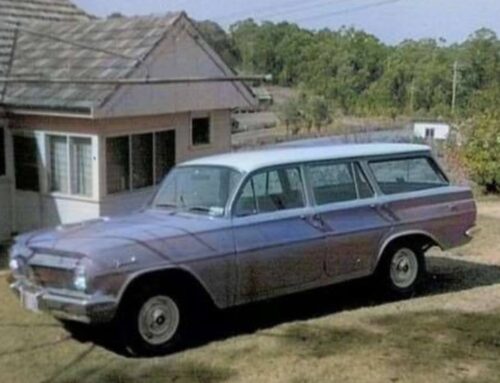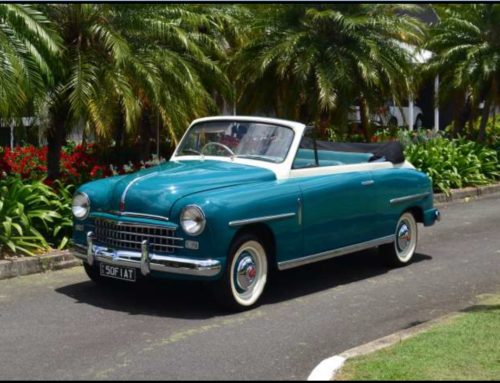Mitsubishi Sigmas– August 2024 Cover Story
Gary Crooks and Will Moses acquired their Mitsubishi Sigmas for different reasons and by different routes. When Gary was seeking a special interest vehicle around 2½ years ago he had particularly wanted an Australian-made one, and a 1984 SE Sigma sedan he saw advertised on Carsales.com.au sounded tempting. The car had only two owners and had been purchased new from the Mitsubishi dealership in Batemans Bay.
It had dealer-fitted air conditioning, power steering and alloy wheels and featured unusual and attractive velour trim. Gary thought that it had been the dealership’s showroom car, fitted with the full range of options to upsell customers.
As offered on Carsales the Sigma’s air conditioning wasn’t working and it needed new tyres. However the body and paintwork were impressive, the velour trim was in exceptionally good condition and the car was competitively priced. Furthermore Sigmas are rarely seen today. This exclusivity appealed to Gary, and he negotiated a satisfactory deal.
Will had owned Sigmas before and had always liked them. His 1983 Sigma is a Super Saloon, of which only 500 were made. As a top of the range vehicle it came with electric windows, central locking, velour upholstery, four headrests and rear armrest. It was from a deceased estate in Melbourne: the owner left it to a neighbour who did not want it, so it sat under the house for several years until Will purchased it.
Both Gary’s and Will’s cars have the 2.6 litre Astron engine, three-speed automatic and, being premium vehicles, are fitted with four-wheel disc brakes. Chrysler Australia first sold small cars in 1959 when it began assembling Simca Arondes, followed by the Hillman Hunter and then the second-generation Mitsubishi Galant. In 1975 Chrysler introduced the mid-sized Centura, which was a short-lived failure.
When the Galant was succeeded by the third generation version in 1977 Chrysler began building it as the Chrysler Sigma. It competed with cars like the Datsun 200B and Bluebird, Toyota Corona, Ford Cortina, Holden Sunbird and Torana and Mazda 626, but quickly became very popular, selling an estimated 300,000 units between 1977 and 1987.
When launched the base model, badged Sigma Galant, had a 1.6 litre engine, but the 1.85 and two litre Astron engines were more popular. The Astron had a hemispherical cylinder head, single overhead camshaft and twin balance shafts, which Chrysler advertised as “Silent Shaft”. Astron engines were imported until the Adelaide factory began production in 1979.Bayside Vehicle Restorers Club Inc Magazine August/October 2024
Standard transmission was four-speed manual, with optional five-speed manual or three-speed automatic. From the Sigma’s launch the range included premium models with attractive and innovative features. The SE had reclining seats, roof console, radial ply tyres and laminated windscreen, while the Sportspack included go-faster stripes, quartz halogen headlights, tachometer and sporty steering wheel. In 1979 the
1.85 engine was dropped and a 2.6 litre Astron added.
A station wagon version and a Japanese-built Scorpion two door coupe were also added to the range. The Sigma quickly gained a reputation for its high quality, comfort, spritely performance and good handling and braking. However the drive chains for the Astron engine’s silent shafts were noisy when started from cold. They quietened as the engine warmed up, but the noise never completely disappeared, becoming more apparent as the shaft bearings wore. The Sigma’s long and successful history suggests that owners soon came to accept its characteristic engine noises.
In the late 1970s Chrysler USA faced bankruptcy and Mitsubishi acquired Chrysler Australia in 1980, rebadging the car as the Mitsubishi Sigma. Under Mitsubishi the Sigma was given several body restyles, engine performance improvements and numerous special trim and equipment upgrades. Notable limited-run versions were the Peter Wherrett, which addressed handling deficiencies, and the Sigma Turbo, which almost doubled the two litre engine’s power. In 1985 Mitsubishi released Sigma’s planned replacement, the front wheel drive Magna. The Sigma range was progressively rationalized thereafter to make way for the Magna, and the last Sigma was built in 1987.
Many car fleets operated entry-level Sigmas, though they were not always popular with those who drove them. Throughout the 1980s Sigmas seemed ubiquitous yet today are rarely seen: the only Sigma currently listed on Carsales is a Scorpion. Fine examples such as those of Gary and Will are a link with a longgone chapter in Australian motoring history.
Will’s car has a role in Spit, a sequel to the 2003 comedy crime thriller Gettin’ Square. Spit is currently being shot on the Gold Coast, and the cast includes David Wenham and Gary Sweet, who both starred in the original film. Gettin’ Square was a box office bomb, but perhaps Spit will succeed, if Will’s attractive SE Sigma can fill the audience with Club members.
Source : “The Bayside Vehicle Restorers Club Inc. Magazine”

